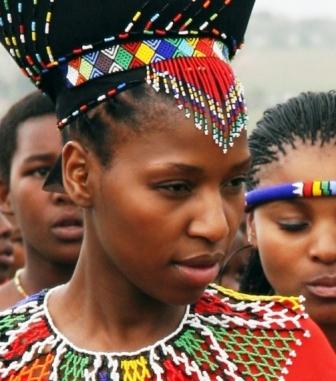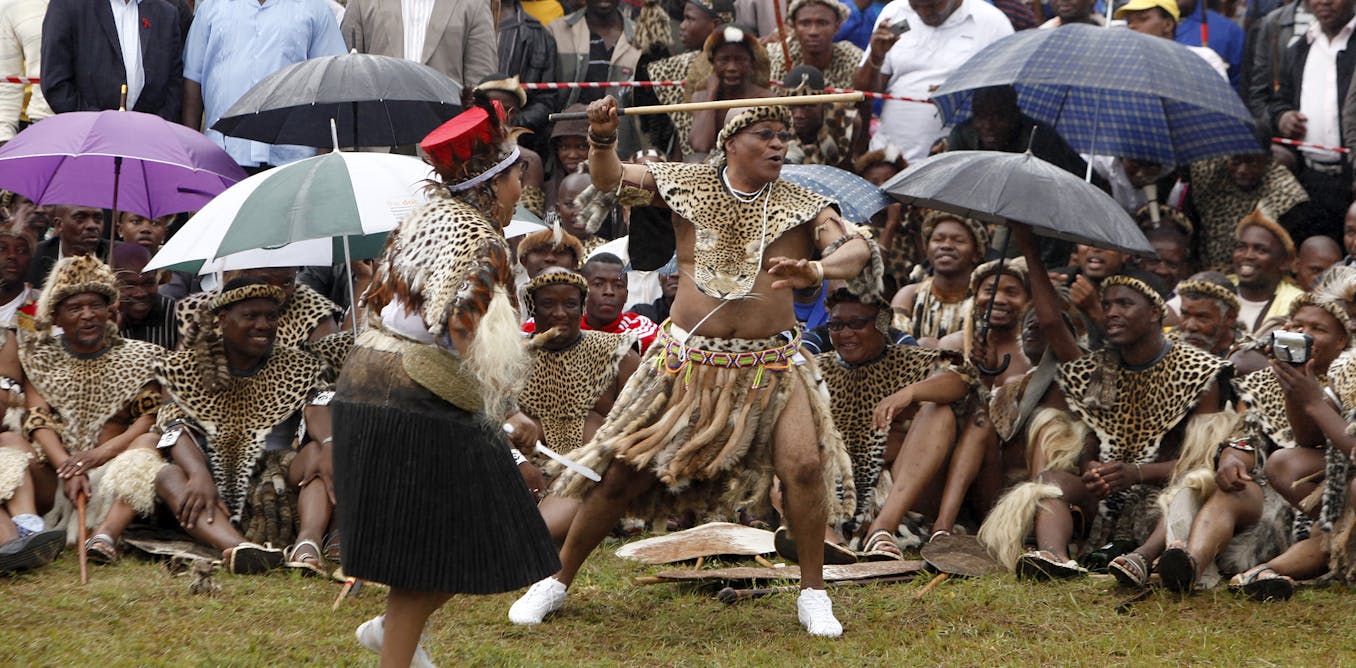The South African Culture Today Ideas
The South African Culture Today Ideas
Blog Article
The Basic Principles Of South African Culture Today
Table of ContentsSouth African Culture Today Fundamentals ExplainedNot known Facts About South African Culture TodayThe smart Trick of South African Culture Today That Nobody is Talking AboutHow South African Culture Today can Save You Time, Stress, and Money.Things about South African Culture TodayNot known Facts About South African Culture Today
An issue of significance in Zambian towns is the passing away of liked ones. All participants of the village put money, time and effort with each other for the burial of the deceased.During the grieving duration; men stay outside the residence and the females stay inside your home of the deceased. After speaking about the departed, the village strolls to the location of burial to claim their last farewells. Music and dancing is an extremely important facet of the Zambian culture. The various tribal devices have their very own dancing forms; nonetheless, makishi prevails amongst all people.
What Does South African Culture Today Mean?
When it concerns music, drums are utilized the most, with a range of drumming ceremonies. In Zambia, majority of individuals are Christian; Protestant and Roman Catholic. There are little teams of Muslims and Hindus, with the rest complying with regional native tribal beliefs.

South African heritage and society is immensely varied, and contains several groups of individuals that each have their own practices and beliefs. Having such a variety of people and cultures is what makes South Africa so special. In truth feeling of the expression, we are a rainbow country.
South Africa has around 3 hundred thousand Portuguese people residing in it. Making it the 7th on the checklist of countries with one of the most Portuguese individuals in it outside of Portugal. Portuguese is not only a culture, but it is also a language and a citizenship. Portuguese people stem from the nation of Portugal in Europe, however, as a result of Portugal (like lots of other countries in Europe) discovering the globe and dominating other nations during the 15th 20th centuries, South Africa has what we call Portuguese South African's living in it.
What Does South African Culture Today Mean?
Amongst the popular attributes of the topography is a plateau that covers nearly two thirds of the facility of the nation. The plateau complex climbs towards the southeast, where it climaxes in the Drakensberg range, part of an escarpment that separates the plateau from the coastal locations. The Drakensburg consists of Sparkling wine Castle, the highest possible optimal in the nation.
The area north of the Witwatersrand, called the bushveld, inclines downward from east to west toward the Limpopo River, which forms the international border. The western area of the plateau, the middleveld, additionally comes down in the direction of the west and differs in elevation between the highveld and bushveld. Between the Drakensburg and the eastern and southerly coast, the land comes down to the sea.
Nearer the coastline there is a low-lying plain called the eastern lowveld. Southwest of the plateau the nation comes to be considerably extra dry, paving the way to the stony desert of the Great Karroo, verged on the eastern by the lower, better sprinkled plateau of the Little Karroo. Dividing the dry southern inside from the sandy littoral of the southern shore and West Cape is one more variety, the Langeberg.
South African Culture Today Fundamentals Explained
The country's racially, ethnically, and politically divided background has actually produced national and subnational signs that still operate as signs of the country, and others signs that are accepted just by certain groups. The monoliths to white settler conquest and political prominence, such as the Afrikaner Voortrekker ("pioneer") Monolith in Pretoria and the Rhodes Monolith recognizing the British colonial realm builder and Cape head of state Cecil Rhodes, remain sectarian symbols.
The very first modern-day inhabitants were the San ("bushman") hunter-gatherers and the Khoi ("Hottentot") peoples, who herded animals (South African culture today). The San might have existed for hundreds of years and left evidence of their visibility in countless old cavern paintings ("rock art"). Bantu-speaking clans that were the ancestors of the Nguni (today's amaZulu, amaXhosa, amaSwazi, and vaTsonga individuals) and Tswana-Sotho language groups (today's Batswana and Southern and Northern Basotho) moved below eastern Africa as very early as the fifteenth century

Both previous republics of the Orange Free State and Transvaal (South African Republic) were developed by Afrikaner inhabitants who beat and dispossessed the Basotho and Batswana. Lesotho would have been forcibly integrated right into the Orange Free State without the extension of British defense in 1869. The best marriage of the nation arised from the South African Battle (18991902) in between the British and the 2 Afrikaner republics, which reduced the nation to destroy at the start of the twentieth century.
Afrikaners historically considered themselves the only true South Africans and, while giving complete citizenship to all residents of European descent, refuted that standing to individuals of shade until the autonomous change of 1994. British South Africans retain a sense of social and social connection to Great useful source Britain without compromising their identification as South Africans.
The South African Culture Today Ideas
The variety and fragmentation within ethnic groups and the balance of tensions in between those teams during the twentieth century avoided interethnic civil problem. While intergroup tensions over sources, privileges, and political dominance remain, those problems are as most likely to pit Zulu versus Zulu as Zulu against Xhosa or African against Afrikaner.
From colonial India, British vendors and administrators brought the curved steel ornamental roofs and slender shoelace work columns that still exemplify the verandas of cottages arounds and cities throughout the nation. Holy places contribute an essential architectural element also in the smallest towns. Along with the soaring steeples and classic stonework of Afrikaans Dutch Reformed churches, Anglican churches, synagogues, mosques, and Hindu temples supply range to the religious architectural scene.

Slaughtering and the brewing of standard grain beer are important in protecting the participation and a good reputation of the forefathers that are taken into consideration the guardians of good luck, success, and health. Indian areas maintain their native culinary practices and apply This Site them on Islamic and Hindu routine and ceremonial celebrations. Afrikaners and Coloured individuals gather at weekend breaks and unique events at multifamily bbqs called braais, where neighborhood bonds are strengthened.
Because this was the key financial business of both black Africans and white colonists, problem between those teams fixated the property of grazing land and animals. In 1867, the largest ruby down payments in the world were discovered at Kimberley in the west main area. The wealth from those areas assisted fund the exploitation visit this website of the best gold reef in the globe, which was found on the Witwatersrand in 1886.
Some Known Details About South African Culture Today
This brought about misunderstandings and calculated misrepresentation in the negotiations of white settlers and government authorities with African principals during the early american duration (South African culture today). In the establishment of African books, some facets of communal and mainly "tribal trust fund" land tenure were protected, and also in white country areas, forms of common period were still exercised in areas with African communities
After the democratic improvement of 1994, programs for land restitution, redistribution, and reform were set up, but progress has actually been slow-moving. The white minority still regulates eighty percent of the land. In the wake of farming land intrusions in Zimbabwe, the Division of Land Affairs has actually pledged to speed land redistribution.
Report this page